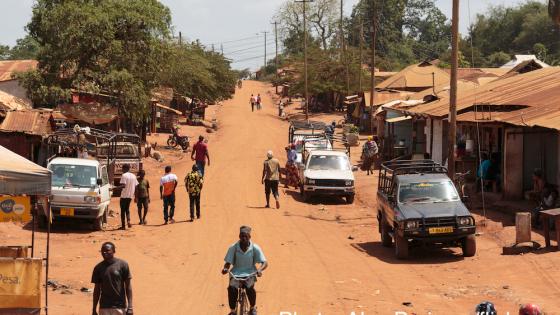DP11211 Building the city: urban transition and institutional frictions
We model a growing city and calibrate the model with data on Nairobi, focusing on investment decisions and the evolution of the built environment over time and space. We distinguish between formal and informal (slum) sector construction. The former can be built tall, but structures once built are durable and cannot be modified without complete demolition. In contrast, slum structures are malleable and do not involve sunk costs. As the city grows, areas will initially be developed informally and then formally; formal areas are redeveloped periodically. This process can be hindered by formalisation costs of converting slum to formal sector usage. The size, shape and appearance of the city are sensitive to formalisation costs which vary by location and result in a hotchpotch of developments. In the empirics, we analyse Nairobi for 2003/4 and 2015 using unique data and develop a novel set of facts about the evolution of the built environment. Built volume in the core part of the city increases by 50-60% over 11 years driven by increased height of redeveloped buildings. We calibrate the welfare cost of delayed formalisation. We find that, in the older slums nearer the city centre, even after paying slumlords for the value of their land in perpetual slum use, formalisation would bring a gain of about $13,000 per slum household, in a context where slum households spend about $260 a year on housing.


